In the first year of homesteading, I had five hens with torn skin and 2-inch wounds due to feather pecking from flockmates.
Then, I had to apply turmeric paste on the affected area, and luckily, it healed the injury.
Occasional pecking is normal for breeding and establishing a pecking order, but persistent pecking or injuries are a sign of a problem.
Here, you will learn 5 reasons why chickens peck and 5 effective ways to stop it.
5 Common Reasons Why Chickens Peck Each Other
1. Overcrowded Living Conditions
Have you thrown your chickens in a small space, whether it is a coop or a runner?
This is the main reason that leads chickens to stress, aggression, and dominance behavior. The limited space does not allow the birds access to food and water.
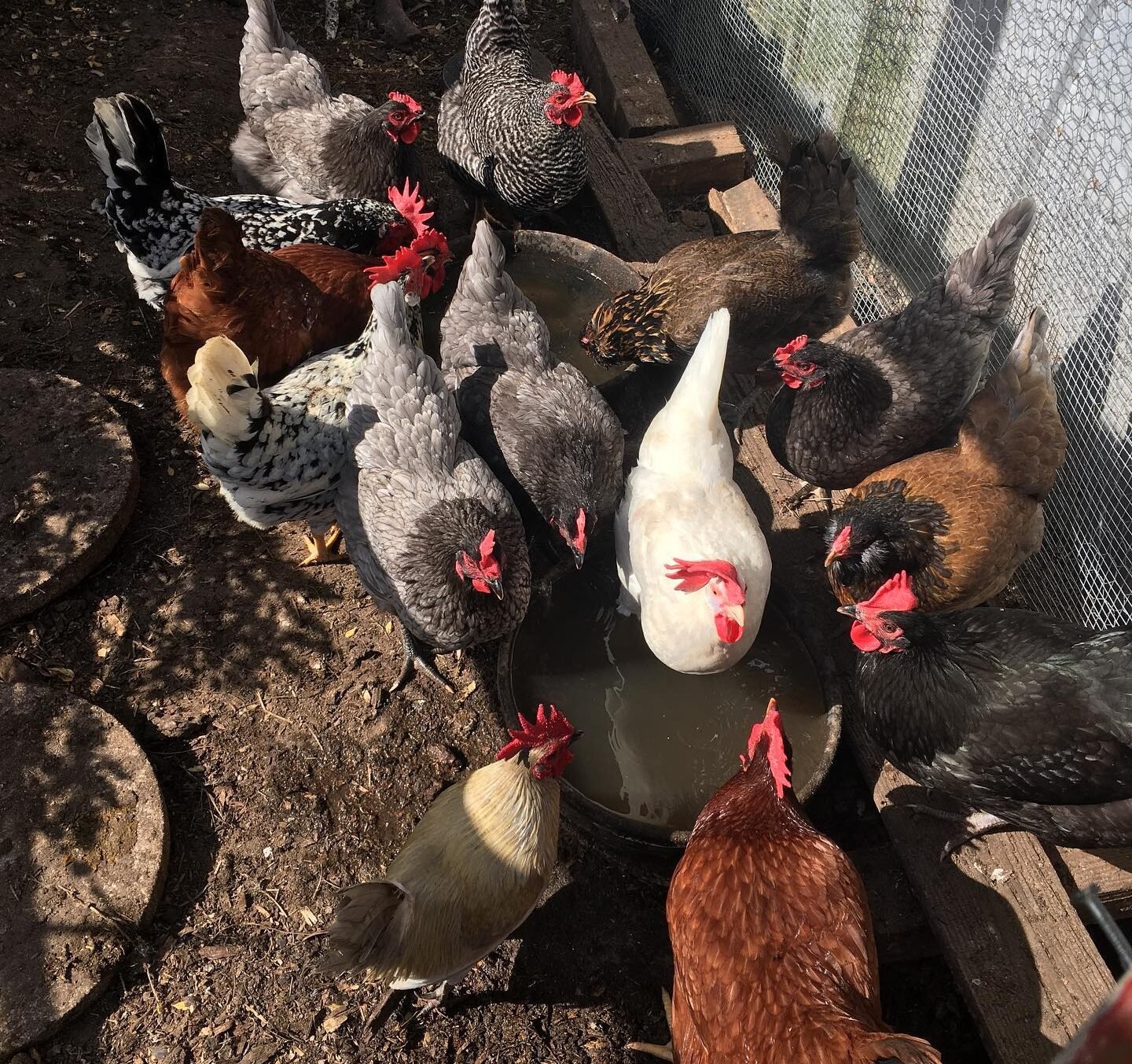
They have to struggle to make room to move to and fro and flap their wings.
This also leads to poor ventilation, making the situation worse.
2. Boredom and Lack of Stimulation
Chickens are intelligent and curious, and remain busy foraging for something outdoors.
When they feel bored without entertainment, they turn on each other. They have nothing to do in wet weather or on winter days.
There is no fresh grass growing and low forages at this time.
So, you need to allow winter-hardy chickens outside to have fresh air, exercise, and a sunbath.
Scatter the treats on their way to the yard so they come out of their coops.
Besides, you can provide your flocks with bird toys, for example, flock blocks to peck, which can reduce the birds’ urge to peck their flockmate.
3. Poor Nutrition or Hunger
The stress of hunger can lead to cannibalization among flocks, making your chicken coop vacant.
Inadequate protein or minerals can lead chickens to feather pecking. Your chickens may also peck when competing for limited feed or water.
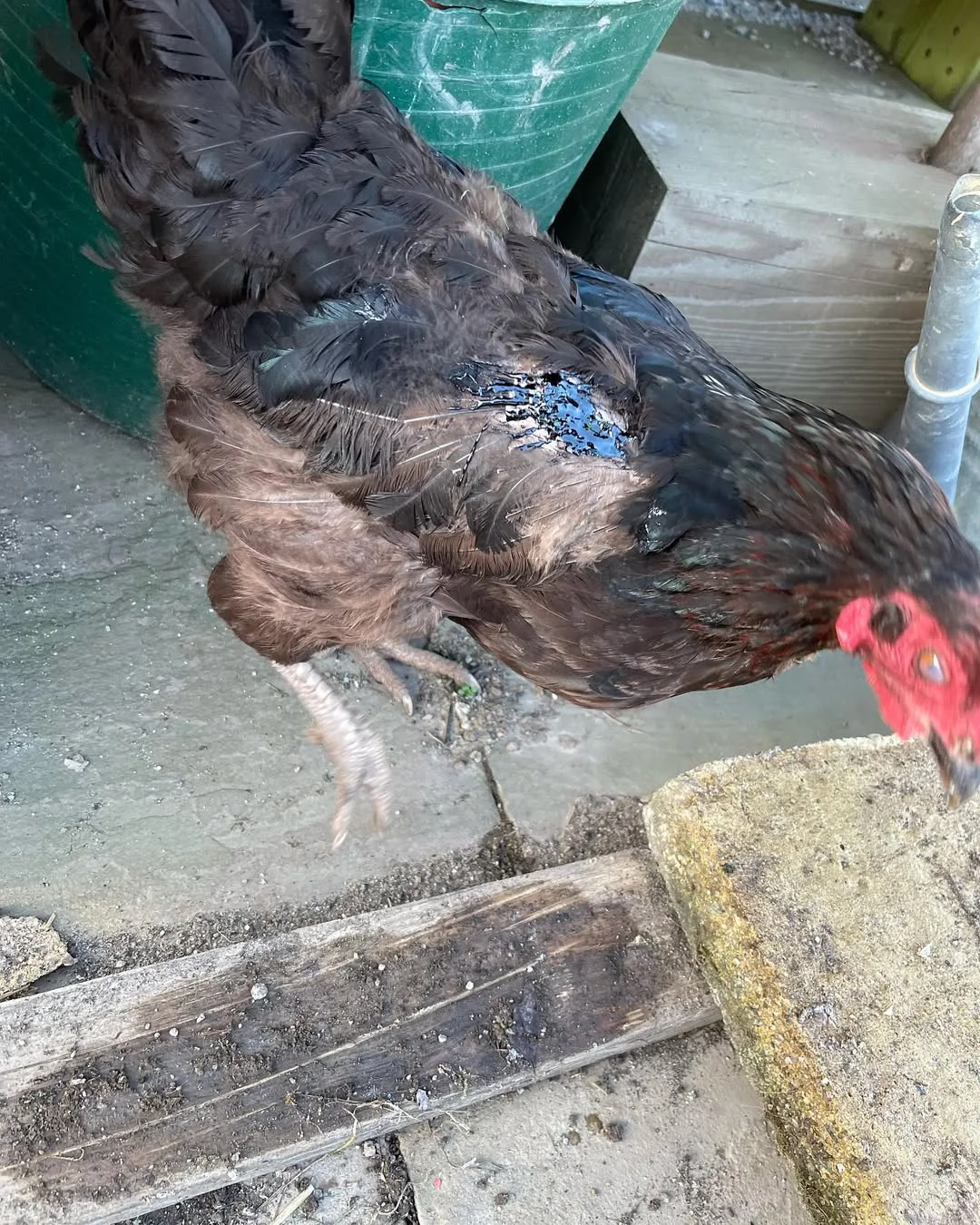
So, provide enough feed to your birds, whether commercial or homegrown.
If you want to reduce the feed cost, you can grow chicken food in your backyard garden. Or raise free-range chickens that are excellent foragers.
4. Establishing the Pecking Order
A pecking order is a social hierarchy in chickens, which is a natural process to run a flock.
In this, roosters are on the top, followed by hens, cockerels, and pullets. When new members or young flocks are added to the existing flock, authoritative chickens peck them to assign their roles.
In hens, chickens follow a pecking order, with roles from top hens known as Alphas, and top middle hens as Betas, to finally top bottom, Omegas.
There are limited roosters in a flock based on the size, so the problem is with the hens’ bullying and pecking.
Sometimes, ladies turn aggressive in the course of dominance and move to the upper rank on the perch. If they don’t stop, keepers need to intervene.
5. Illness or Injury Among Chickens
It’s an animal instinct to dominate the weaker, and chickens aren’t different. They instinctively peck weak or injured flock mates.
Their blood and wounds attract chickens to peck more and make a spiral quickly.
If hens are pulling their feathers, it might be the case of an external parasite. Look for lice, mites, fleas, and ticks all over the bodies of your flock.
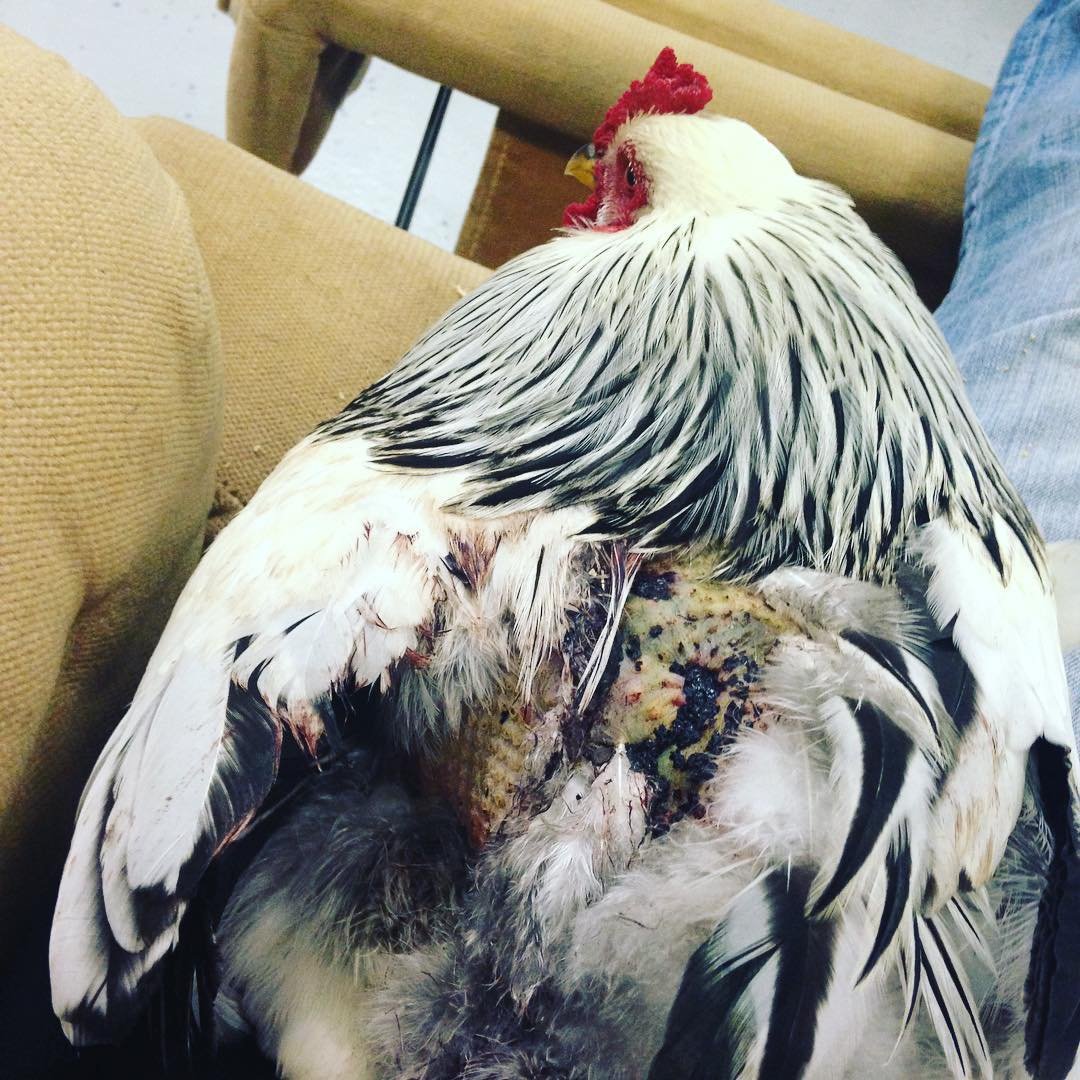
Lice and mites are hidden in the vents, while fleas can be seen in the head and comb.
To get rid of these parasites, you can dust a permethrin-based poultry dust or try the clove-based poultry spray.
5 Proven Ways to Stop Chickens from Pecking Each Other
1. Provide Enough Space and Enrichment
I suggest you maintain 4 square feet for each adult chicken in the coop and 8 square feet for the runner.
| Flock Size | Coop Size | Running Space |
| 6 chickens | 24 sq. ft. | 48 sq. ft. |
| 10 chickens | 40 sq. ft. | 80 sq. ft. |
| 15 chickens | 60 sq. ft. | 120 sq. ft. |
| 20 chickens | 80 sq. ft. | 160 sq. ft. |
When building a coop or runner, subtract the floor space consumed by roosts, nest boxes, feeders, and waterers from the total square footage.
The hanging items on the wall also consume some space, so you need to add them to the calculator.
You can also add perches, dust bathing areas, and visual barriers to make the coop more facilitating. If the coop is spacious, add hanging cabbages, mirrors, or treat-dispensing toys.
2. Improve Their Diet and Feeding Routine
Though chickens can eat everything from vegetables and grains to bugs and small mammals, you should not feed them low-quality foods.
Don’t feed your chickens rotten supplies, and avoid sugary items.
Adult chickens can consume around 1/4 to 1/2 pound of feed per day. Check the expiration date on commercial feed and provide homegrown crops to nsure high-quality feed.
Generally, chickens require 16-18% protein in their diet. If birds are molting, increase the intake of 19–20% protein.
I feed my foragers twice a day outside of the coop. If they are not foragers, you need to increase the feed quantity and replan the feeding routine.
You can also offer occasional scrambled eggs, mealworms, greens, and chicken plants.
Also, arrange multiple feeders to reduce competition in the flock.
3. Monitor and Separate Aggressive Birds
Observe the flock behavior if there are chronic bullies and temporarily isolate the bully hens from the flock.
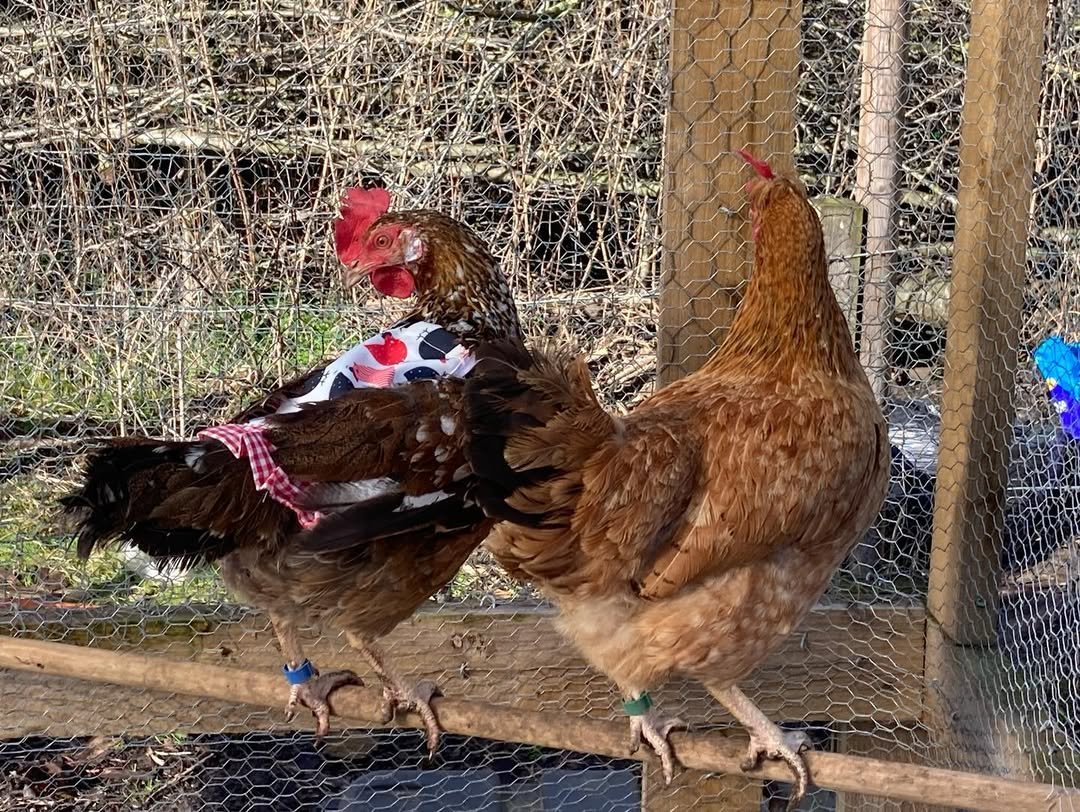
Keep the violent chickens away for at least a week and check if they have the same behavior or their aggression has reduced.
Don’t allow many roosters in a single flock. They overmate hens, pecking their heads multiple times.
Besides, roosters boast their presence, peck flockmates unnecessarily, and compete or fight with fellow roosters in the flock.
So, you need to separate fighty and aggressive birds as soon as you notice.
Notice that if all flockmates peck the victim chicken, you need to remove it first to save them.
4. Use Pecking Deterrents and Distractions
If your chickens are healthy but still peck each other, you must learn that they’re feeling bored in their shelter.
So, you must provide some pecking deterrents and distractions.
One of the best solutions is to provide chickens with dust baths, which help birds be relaxed, tidy, and parasite-free.
This makes flocks play with dust and chickens remain social instead of pecking each other.
Besides, you can use natural deterrents like bitter sprays or blue wound ointment. Many keepers buy anti-pecking sprays such as anti-cannibalism spray, poultry wound spray.
If not, you can provide chickens with chicken saddles to safeguard them from pecking.
I often give them treat-dispensing toys to peck or play with.
You can also throw straw or leafy greens under the shelter so chickens can forage and remain active and stimulated. Also, you can hang treats in the coop roof.
5. Maintain a Healthy and Clean Coop Environment
A clean and sanitary shelter is a happy place for chicken flocks to roost.
An unkept environment can make birds sick with parasites, pests, and rodents. If you provide birds with food or water in a small cell, the chances of spreading disease remain high.

So you need to sanitize their coop at least once a week.
Change the bedding, install the foldable roosts, place the litter tray, and clean the feeder and waterer.
Ensure the proper lighting, temperature, and ventilation to reduce stress.
Final Thoughts
Some chickens are different in look and behavior that attract others to peck them. I’ve seen the flock start hammering on breeds with crests, for example, Polish chickens.
So, I advise you to install a pair of differently looking birds so that they make their own flock and hang out.
Also, raise the adult and young birds separately if your flock is aggressive.







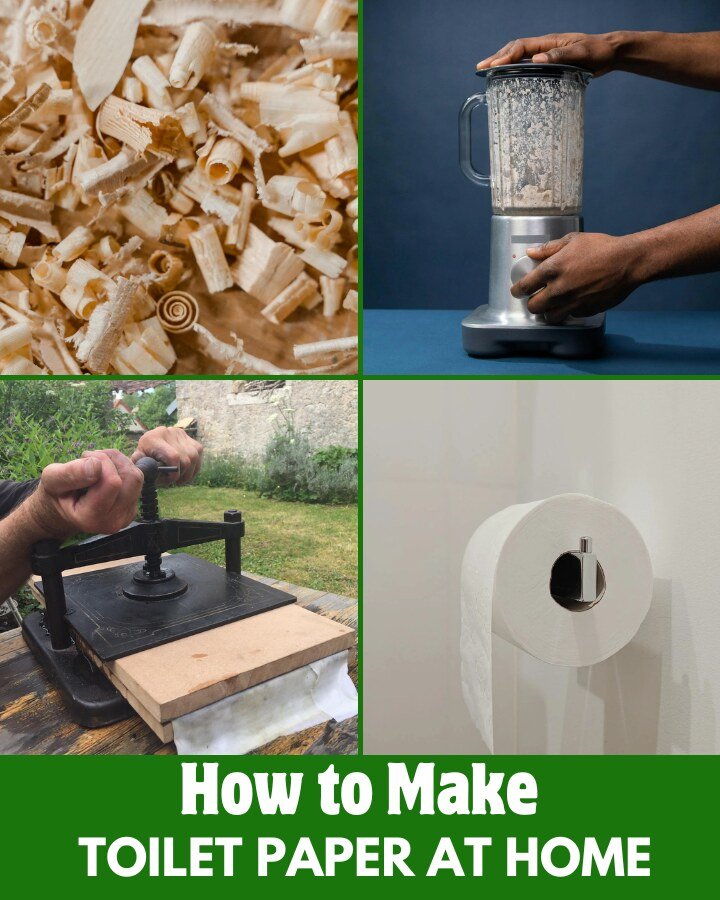
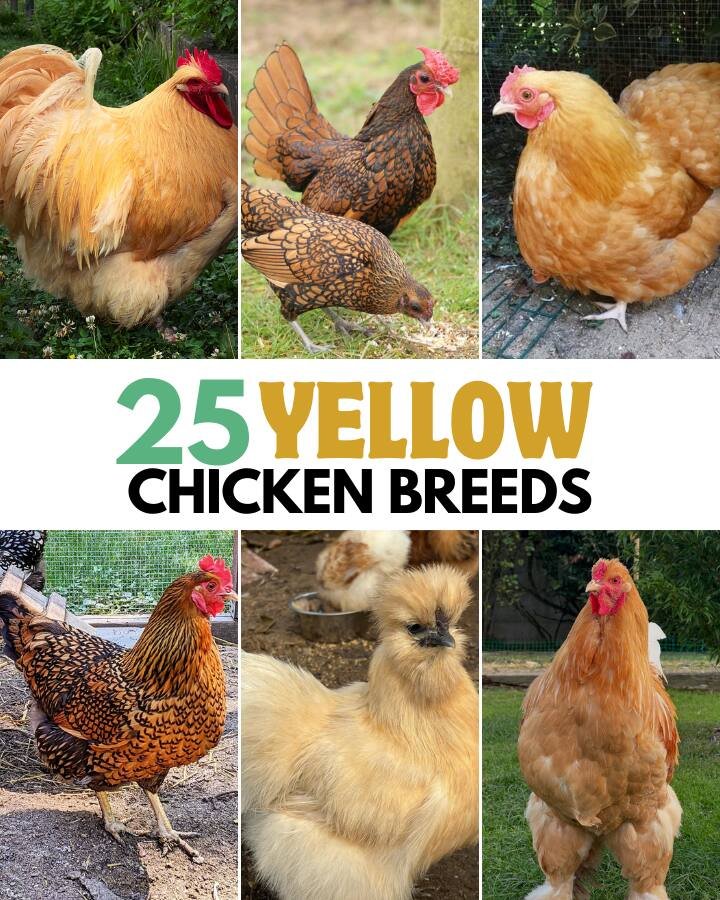

Leave a Reply